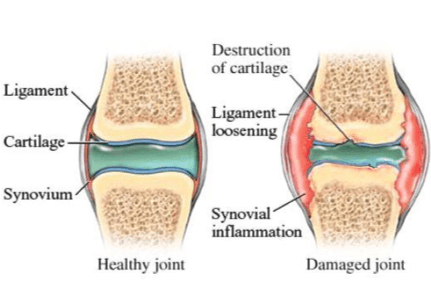Dogs, like people, can have disabilities that cause a loss of mobility. You may ask if a wheelchair is right for your dog and Alyssa from K9 Carts has answers for Pet Problems Solved…
Is a Wheelchair Right for My Dog?
Watching your dog lose their mobility is devastating to pet owners. While unfortunate, a dog who remains upbeat and motivated to move and play will likely benefit from a dog wheelchair.
How do I know if my dog needs a wheelchair?
If you notice any mobility issues in your dog, be sure to talk to your veterinarian right away. Conditions left untreated can quickly escalate or lead to a decline in your pet’s quality of life.
Mobility issues related to muscle weakness, accidents or injuries, surgery side effects, spinal issues, arthritis, amputations, or neurological problems may benefit from a wheelchair. Once a proper diagnosis is made, your vet will be able to help you assess if a wheelchair will be helpful to your dog.

What type of wheelchair is right for my dog?
Once you know your dog needs a wheelchair, the next step is to determine what type of wheelchair is best. A good way to do this is the “towel test.” Using a towel to support your dog’s hind legs and keep their spine level, encourage them to walk normally.
If your dog has strong front legs and can move forward with no problems, they will likely benefit from a Rear Support Wheelchair. These wheelchairs are designed to support just the rear legs

Dogs who display forelimb weakness such as stumbling on front paws, splaying out the front legs for added stability, or collapsing altogether during the towel test may need a Full Support Wheelchair. These wheelchairs not only support your dog’s back legs but also provide support under the chest for stronger front leg use.

Does your dog have adequate front leg strength now, but you’re worried that might not be the case later down the road? Not to worry! A reputable dog wheelchair manufacturer will offer an attachable Front Support Kit. This allows you to convert your Rear Support Wheelchair to a Full Support Wheelchair when the time is right.
How do I teach my dog to use their wheelchair?
A dog who is motivated to stay mobile generally adapts to their wheelchair quickly and easily. With a little patience and lots of love, your dog will be up and rolling in no time!
If your dog is nervous or skittish, it can be helpful to allow your dog to become comfortable being around their new wheelchair before you let them try it. Place the assembled wheelchair in a central location in your home and encourage your dog to inspect it.
Once your dog is comfortable wearing the harness and cart, encourage them to move forward by offering them their favorite treat or toy. Positive reinforcement is the best tool you have to help your dog adjust to using their wheelchair. In no time, your pooch will be zooming after a frisbee or ball as quickly as the rest of the pack.
It’s important to remember your dog may tire easily once they start using the wheelchair. If you notice signs of fatigue in your dog, such as increased front or back limb weakness, trembling, or excessive panting, you should remove the wheelchair and encourage your dog to rest.
How have other dogs adapted to wheelchairs?
Once your dog is comfortable with their wheelchair, they’ll be able to do many of the things that dogs with full mobility can do. Going for walks, visiting the dog park, and zooming after their favorite toy will be no problem for your newly mobile pooch.
Lucy
Lucy was born with crippled back legs and was abandoned on a busy highway when she was three months old. When her owner Mary found her, she gave Lucy the best home she could.
As Lucy aged, her back legs began to fail her. Mary ordered her a wheelchair, and within days Lucy was back up and rolling along with ease. She was able to enjoy her remaining days going for walks and exploring the world.

Morgan
Morgan was found on a beach in Mexico with complete back limb paralysis. Even though his only way to move was dragging his legs underneath him, he was a happy and affectionate puppy who loved to please.
His rescuer, Charlene of Baja Dogs, ordered him a wheelchair. Morgan quickly learned to run and play with the other dogs in his rescue family. He also became a mischievous puppy in his new cart – Charlene has said if she turned her back for a moment, she’d find him getting into something he shouldn’t! Before being adopted, Morgan spent his days at the local senior center visiting the residents.

Mobility loss is hard on a dog and their owner, but it doesn’t automatically mean a dog’s quality of life will suffer. If your dog shows signs they are motivated to keep moving, look into a what wheelchair is right for your pet. Once you do, your four – or less! – legged friend will be up and cruising at full speed in no time.
About the author:
Alyssa is a contributing writer for K9 Carts, a USA-made, fully-adjustable dog wheelchair company that leads the pack when it comes to pet mobility. Alyssa is based in Seattle and lives with her long-haired chihuahua, Oliver.
More pet concerns
9 Indications that your Dog is in Pain
How animals can help autistic children
Tips to help aging dogs with arthritis
Care and advice for senior pets
Caring for your feline senior citizen







Comments are closed.